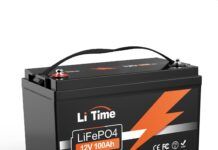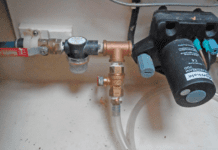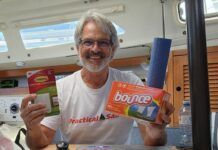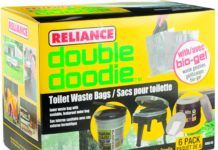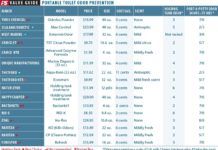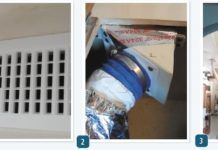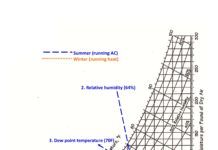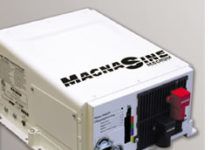Simple Lithium for Outboard-Powered Tenders, Daysailers, and Sport Boats
Lithium is cool. Your cell phone uses it. Cameras, laptops, flashlights … everything. But “cool” is not a reason. Fire is not a big...
PS Advisor: Acid Cleaning Potable Water Systems
You won’t find recommendations or articles from health authorities about sanitizing plumbing or drinking water equipment with vinegar because it isn’t very effective. Some...
Product Hacks: Velcro, Bounce, Anti-Skid Mats and Pool Lights
Here are a few product hacks to help keep your boat organized, bug free and lit properly.
3M COMMAND© VELCRO® STRIPS
If you’re like me and...
Those Extras you Don’t Need But Love to Have
As a full-time live-aboard, you learn to make some sacrifices. You ultimately become your own little island so you must learn to ration your...
Preparing Yourself for Solo Sailing
Last week, I covered some of the things I suggest you need to think through on the boat before heading out solo. Now, what...
Clearing the Air Around Odor Testing
After several rounds of chemical testing for holding tanks, we have got this stink detection down to a science. Because the masking chemicals are more effective in in port-a-potty applications, there is only one true measure of effectiveness: whether the toilet still stinks after it is flushed.
Controlling Porta Potty Odor
Another consideration is that many day sailors avoid using the boats head at all, often going for many months at a time without needing it. When it is used, once in a blue moon, is it worth the hassle of hauling it home to clean it out, knowing that most likely it will not be used for another 3 months? When Katrina hit New Orleans, the Red Cross handed out WAG (waste alleviation and gel) bags by the thousands to provide an emergency option. Weve been living with these too, evaluating them as an option for small boats.
Air Conditioning for Sailboats
One of the great joys of sailing is the state of near nakedness (literal and figurative) to the wind, air, and sea-and the wisdom that comes with it. From that perspective, climate control seems antithetical to the sailors art. But being Practical Sailor (not Philosophical Sailor) we recognize that even the hardiest round-the-world racers seek temporary refuge dampness, cold, and heat. And for one looking to make the transition from the landlubbers life in temperate climates to full-time cruiser in the tropics, the idea of air-conditioning-despite its huge power demands-is alluring.
How to Measure Boat Humidity: Psychrometric Charts Do It Right
Insulation is a greater energy-saving expedient; if our heater or air conditioner is undersized, fixing drafts, shading or insulating windows, and insulating non-cored laminate are all ways to reduce the thermal load. For boaters, however, that is only half of the equation.
Heart Replacement
Sixteen years ago, contributing writers Joe and Lee Minick equipped their Mason 43, Southern Cross, with a Heart Interface Freedom 20 charger/inverter and a Link 2000R from Cruising Equipment, both made by companies based in Valley Forge, Penn. When both of these units were ruined during a knockdown (see PS, April 2013 online), they were forced to look for a replacement.





































